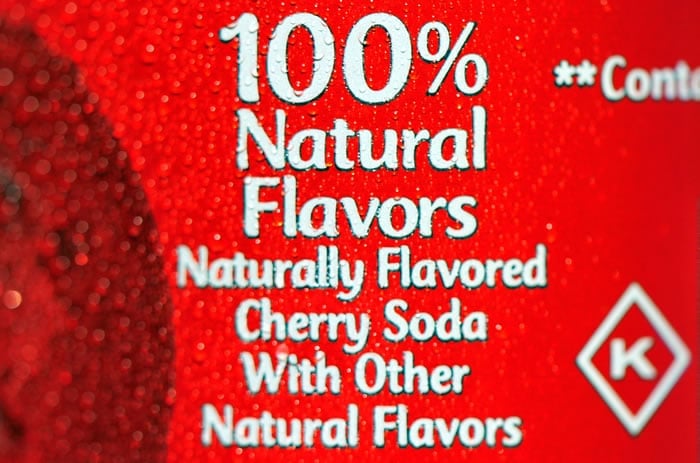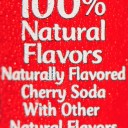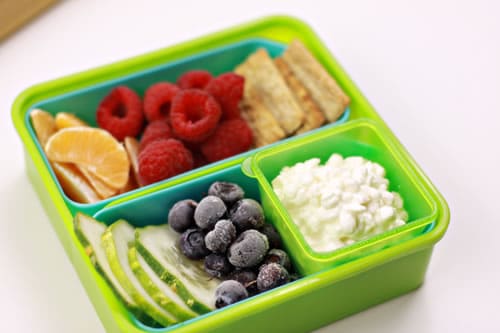Eight Ways to Reclaim Your Taste Buds
Jul 30, 2013, Updated Mar 28, 2015

This post originally appeared as a guest post on the Attune Foods blog.
Our taste buds are spectacular acrobats. Not only can they detect sweet, salty, sour, and all the rest, but they can also adapt and change over time.
That’s a great thing (how many of us used to hate Brussels sprouts as kids, but now love them?), but can also be dangerous. They can change subtly and perhaps for all the “wrong” reasons, and you might not even realize it.
I’m talking, of course, about the manipulation of taste by the food industry. They add salt, sugar, fat, “natural” and artificial flavors, flavor enhancers (such as MSG), and even texture enhancers to make food products not just palatable, but hyper-palatable.
There’s actually a term for it in the food industry: The Bliss Point.
There’s nothing wrong with good-tasting food- in fact, I never want to eat anything else! But most processed foods are manipulated in such a way that many of us are no longer aware of what real food tastes like, and worse, are changing our palates so we may not even like the taste of real food anymore.
It’s time for this escalation of artificially induced taste-insanity to stop. The bounty that nature provides is incredible enough on its own!
So let’s reclaim our taste buds. It’s actually easier than you might think. And once you recalibrate your palate, that real food you’re eating will taste even better. Here are a few ideas to help you do it:
1. Go slow.
It’s important to understand that you can’t recalibrate your taste buds in just a day or two. At the minimum, it’ll take a couple of weeks – maybe even a month or two. So settle in, and realize that this is a journey as much as a goal. You may be the kind of person that goes “cold turkey” or you may prefer slowly adjusting over time. Pick what works for you, remind yourself to be patient, and enjoy the ride.
2. Avoid “Natural” and “Artificial” Flavors.
I recently came across a company that makes fruit popsicles – made from real fruit, even, and if I recall correctly they didn’t use any added sugar. The ingredients were all fruit and fruit purees (I count those as real food). Wonderful! Except for the last item on the list. You guessed it, “natural” flavors.
When does a real fruit popsicle need flavor enhancement?! As a kid, we used to make our own popsicles with orange juice and other fruits, and they were delicious (thanks, mom!). Sadly, consumers seem to be asking for their watermelon to taste even more watermelony. It’s totally out of whack. Try skipping anything with added flavors, and give taste buds a fighting chance.
3. Choose produce at the height of the season.
Let’s face it, tomatoes in January just plain suck. But in July? Phenomenal! Let nature be your guide, eat according to the seasons, and your buds will thank you. Also, it’s cheaper!
4. Grow your own.
I’m not saying you have to go off the grid, but growing just a few herbs or small fruits can generate moments of true taste enlightenment. A few weeks ago, our strawberry plants started blessing us with just a couple of teeny-tiny berries. These little gems – beautifully deep, dark red throughout – are a completely different fruit than the bland, white, crunchy strawberries you can find at the store. The explosion of intense strawberry flavor in those few bites was exhilarating and intensely satisfying… and made all the sweeter because we grew them ourselves.
5. Cook from scratch. At least sometimes.
When you cook your own food from whole ingredients, you can (usually) taste as you go, adjusting as necessary. You get to tweak the dish on-the-fly to suit your own palate. Maybe you don’t need to add all the salt or sugar the recipe calls for? By tasting your dish as you prepare it, you’re tasting with a goal in mind, and it’s going to connect you to your food in a special way.
6. Chew your food well.
Mom was right. If you’re scarfing down that burrito, how are you ever going to taste it? Slow down and enjoy your food. You’ll start to taste more nuances in your food – and your stomach will thank you, too. (You might want to try putting your fork down between bites.)
7. No screens at the dinner table.
If you are watching texting, tweeting, or TV-watching while eating, you’re not paying attention to what you’re eating. How are you going to truly taste it?
8. Go wine tasting. (Or chocolate tasting. Or olive oil tasting.)
First of all, it’s fun. Second, when you are tasting a food or beverage critically, you’re training both your taste buds and your brain. It’s great practice.
When Matty and I go wine tasting, we bring along a small notebook to jot down our observations (hat tip to our friends Sean and Michelle for the idea). It gets us to put into words what we’re tasting, even if our observations are sometimes totally ridiculous. (Favorite quotes from our book: “It’s like a party on my tongue!” and “It tastes like Home Depot aisle eleven!”)
(Bonus #1: The notebook is also quite handy when we can’t quite remember where we bought a particular bottle, or which wineries we want to visit again. Bonus #2: When the folks at the winery see you taking notes, they give you a lot more attention and might even share some of their better wines with you.)
—
Photo: “Cherry 7UP” © 2010 by Simon A. Used under creative commons license.




















